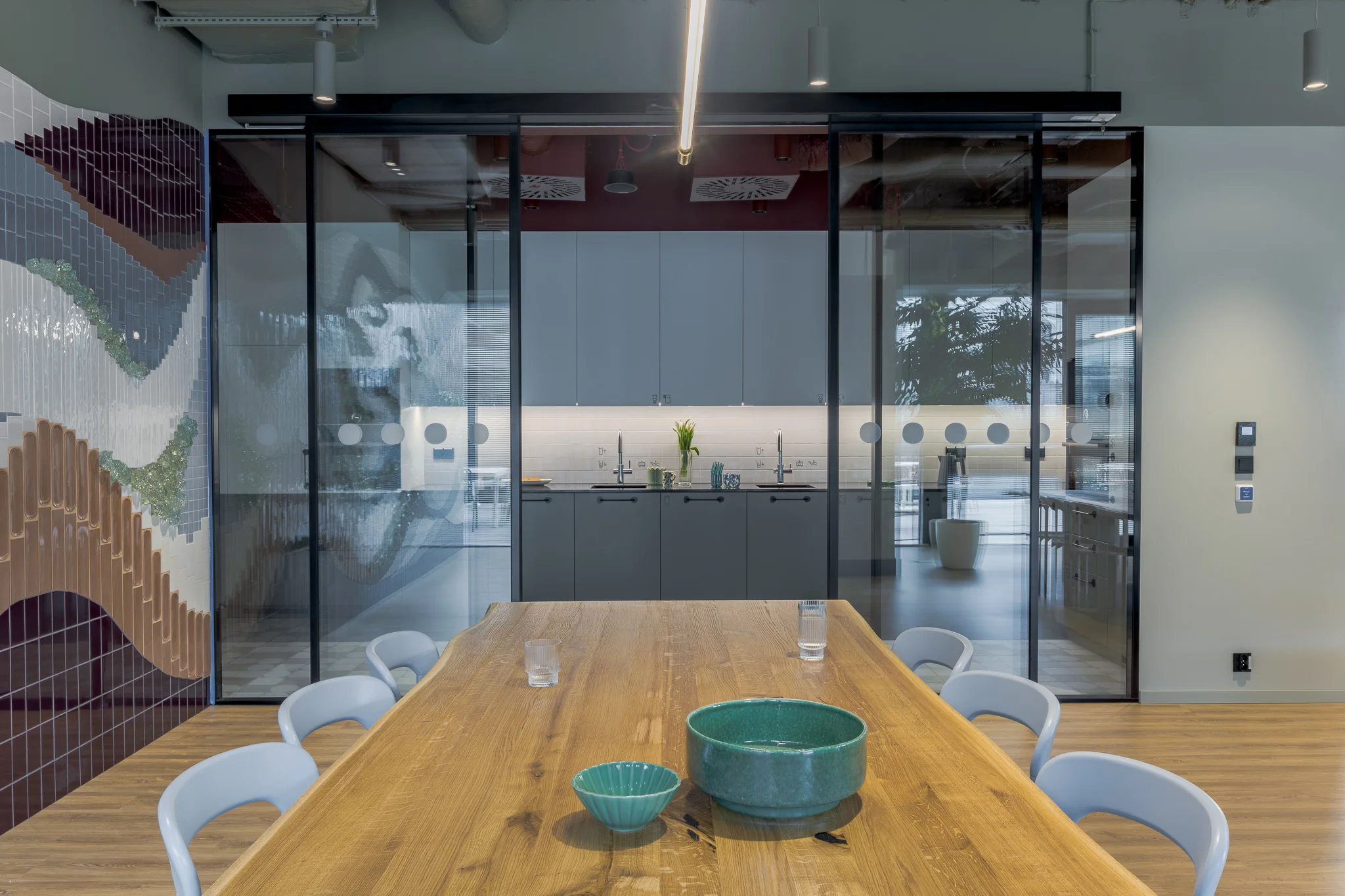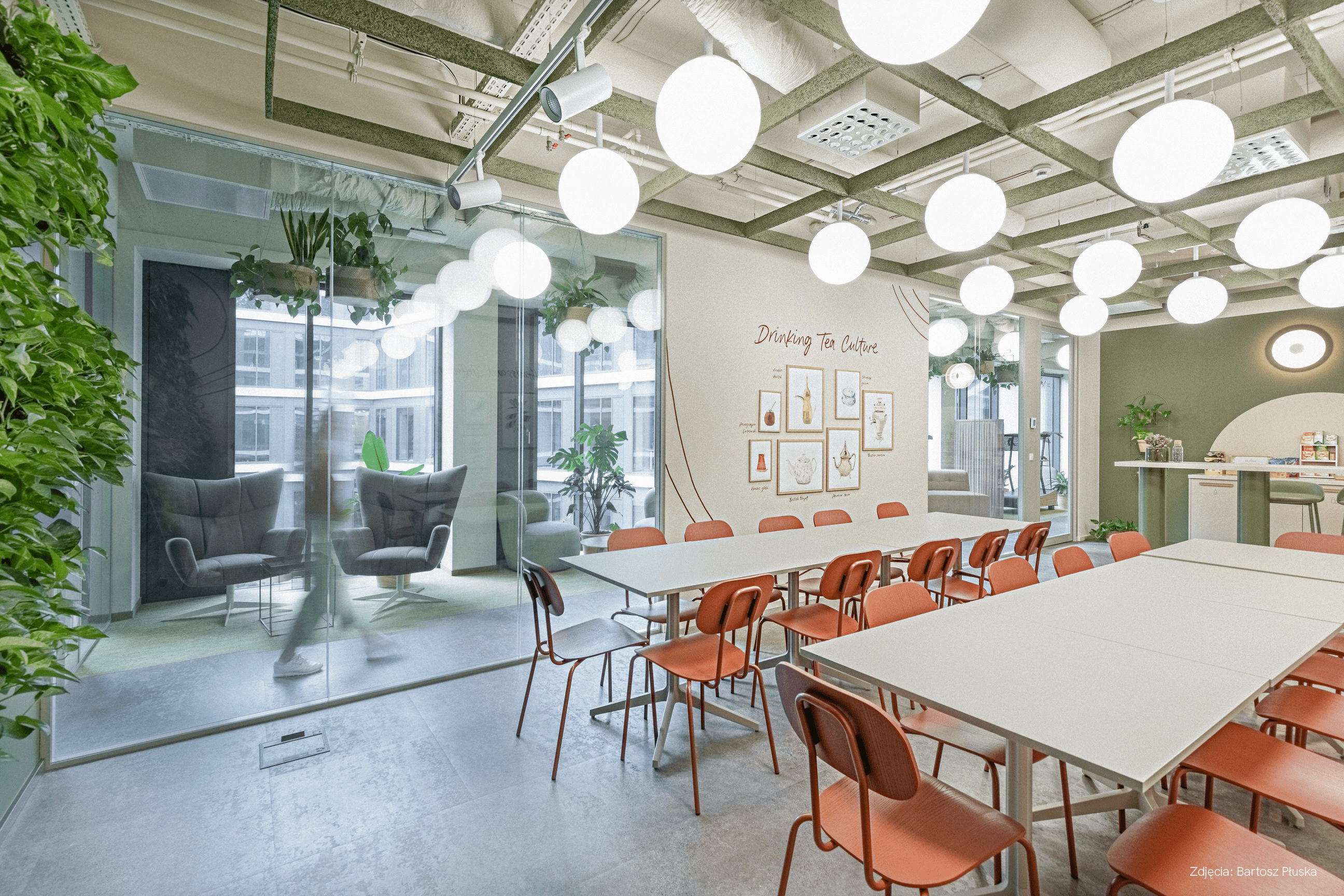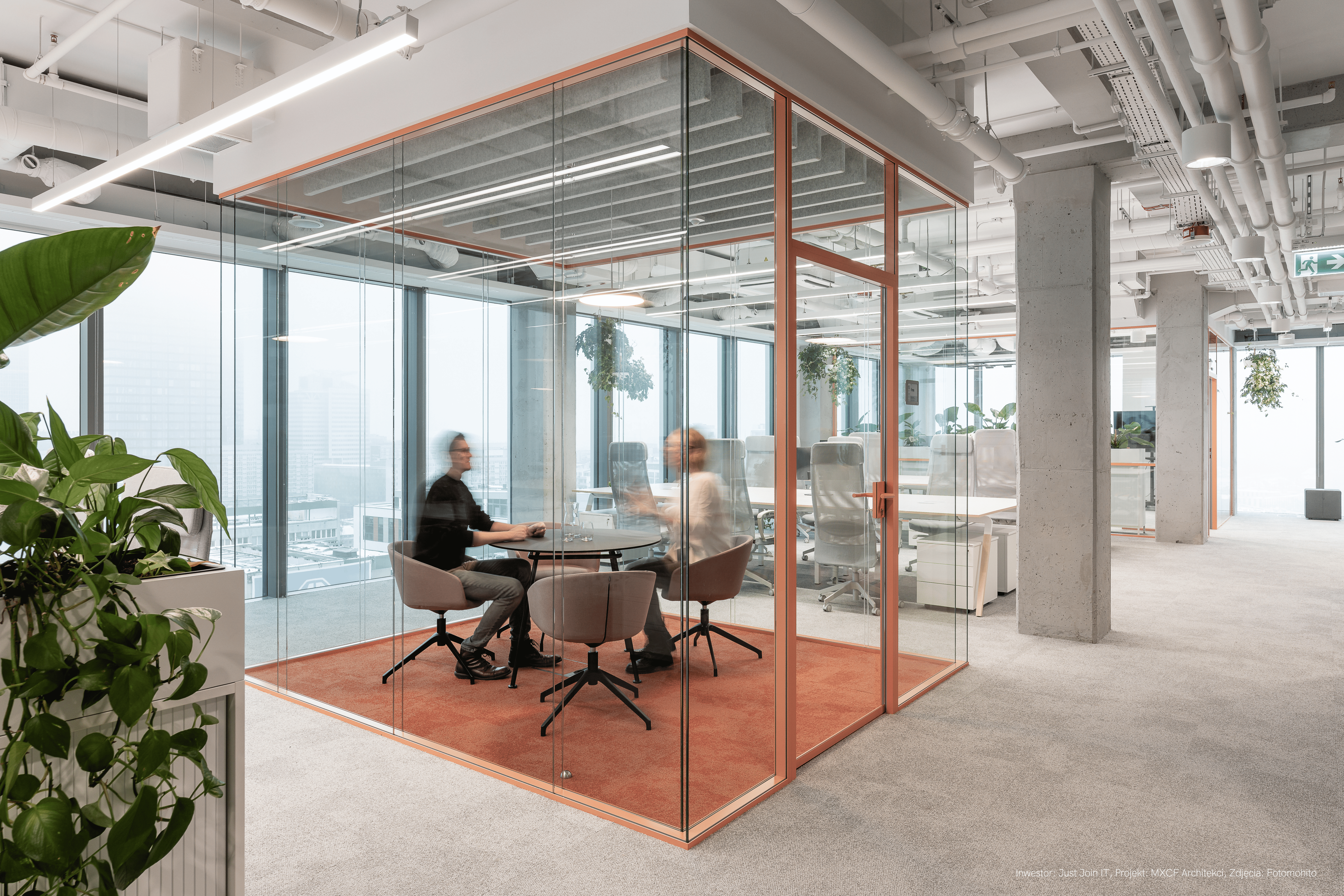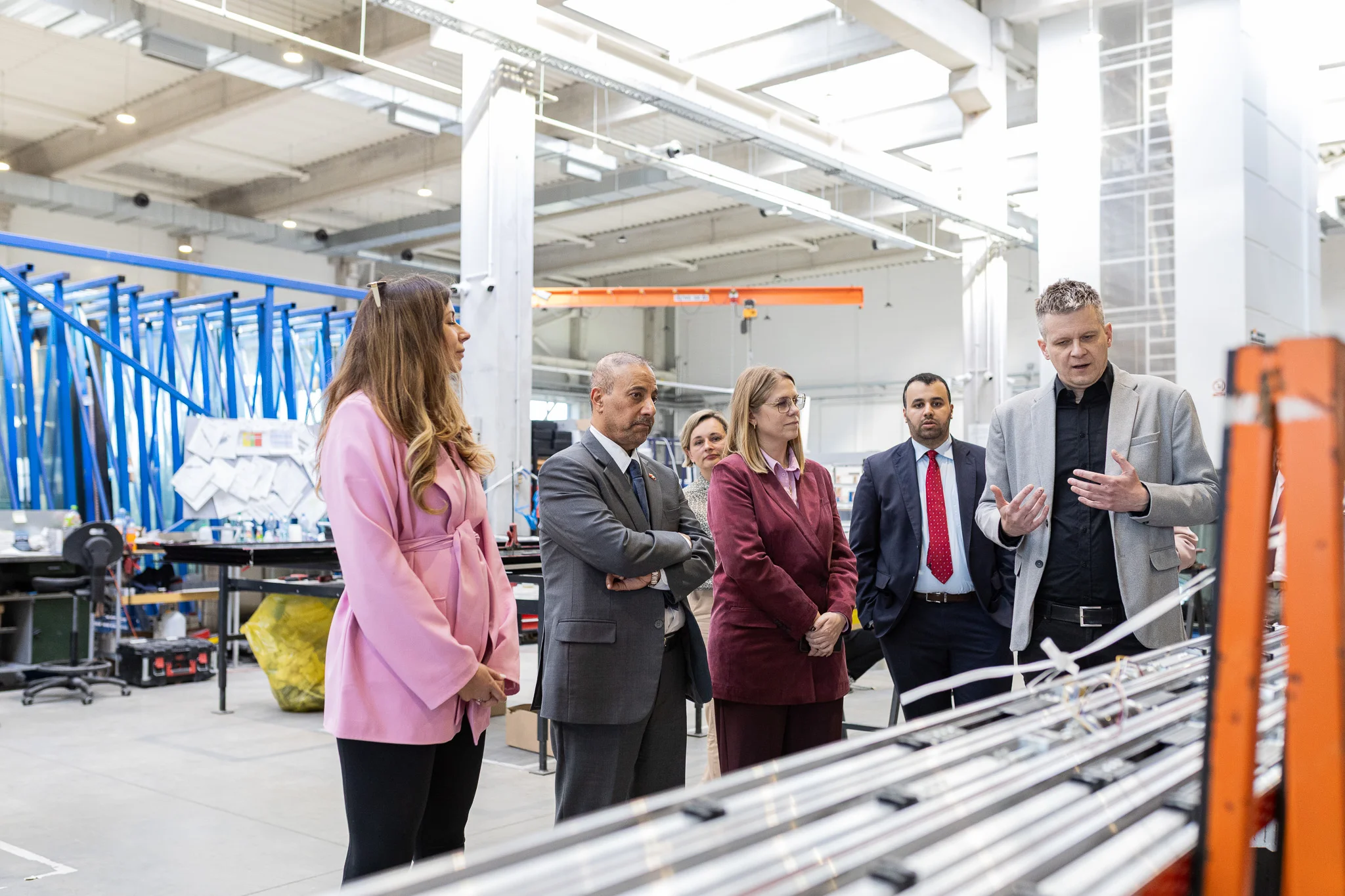Mobile comfort
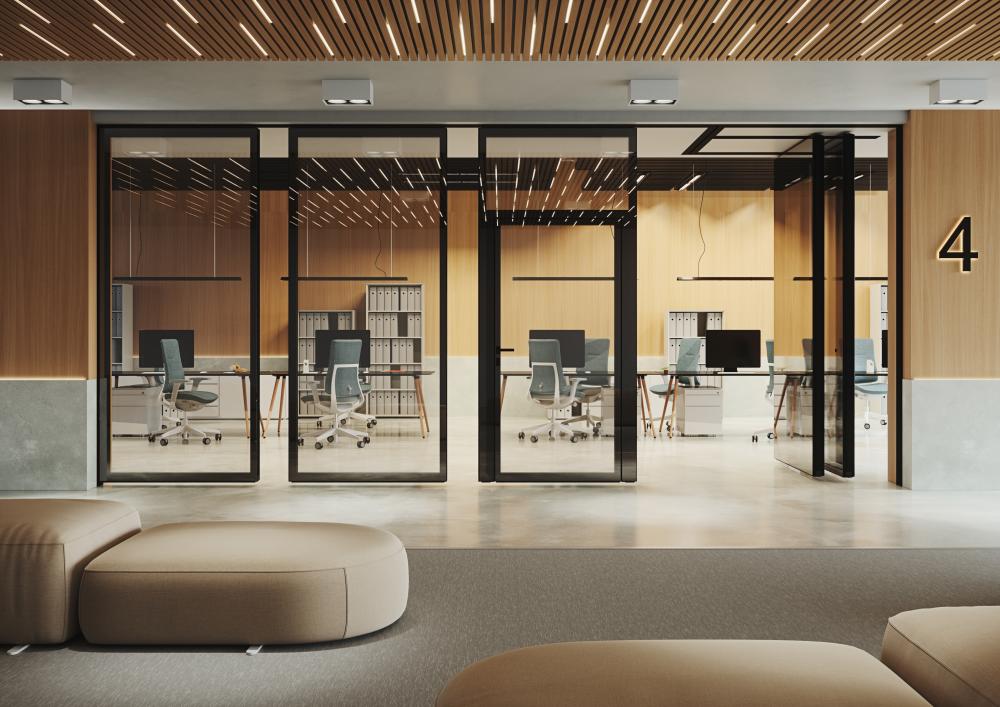
Modern interiors reflect the “mobile” lifestyle of a changing society. The preferences of new generations of consumers have also had a revolutionary impact in the field of office real estate. Growing needs and demands have made the multi-functionality of the interior and office furniture an overriding value. The quick ability to rearrange a space is today’s measure of comfort.
Today’s office interiors are rooted in the modernist concept of interiors and are in keeping with the ideology of Le Corbusier, who believed that a “Home is a machine for living in.” Today, the office has become a mechanism that each office user can customize. An employee is an individual with completely different preferences. It is this fact that has contributed to a change in approach when designing interiors. What matters is comfort. Architects were also faced with the question of whether open spaces, which have so far been the most fashionable types of spaces, are also the ones most suitable for employees?
Research on comfort
Studies on the comfort of working in open spaces have repeatedly been conducted in the Netherlands. Researchers there confirmed the fact that such interiors are not always conducive to creative work. They confirmed and documented a fact known to every employee. The open-plan space is tantamount to a top-down setting of temperature, light level, and sound intensity. With the popularity of such offices, it is often the case that it is impossible to introduce changes in working conditions directly affecting employees. An employee who cannot adjust working conditions to their needs works less efficiently.
In the 1950s, the approach hitherto advocated by the pioneer of open space, architect Frank Lloyd Wright, completely changed. All thanks to the German group of architects Quickborner, they are the ones who proposed separating workstations from each other with a small wall.
In Poland, this type of space arrangement emerged in the 1990s. It was also at this time that the concept of dividing spaces with glass walls emerged. They are intended, first and foremost, to provide comfort to employees.
Mobile solutions
Office spaces have made somewhat broader demands than just classic partition walls. Mobile walls are a product that facilitates the functioning of employees in large open-plan offices. As research shows, every employee values comfort and privacy above all else in office work. This need gave rise to a new product – mobile walls that guarantee comfort and superior aesthetics of the office space. They provide a wide range of possibilities for arranging spaces without the limitations of wall length. A huge advantage of such an application is the ability to adapt the modules to each room and the needs of its users. A mobile wall can become a permanent part of the office or a quick form of space reorganisation. Functionality is guaranteed by the installed single door that enables the division of a given space in any way with walls without the need to provide additional passages. The modules can easily be slid both ways manually. The profiles of the mobile wall are designed to be as translucent as possible – approx. 87% of the entire surface of the modules is the translucent part.
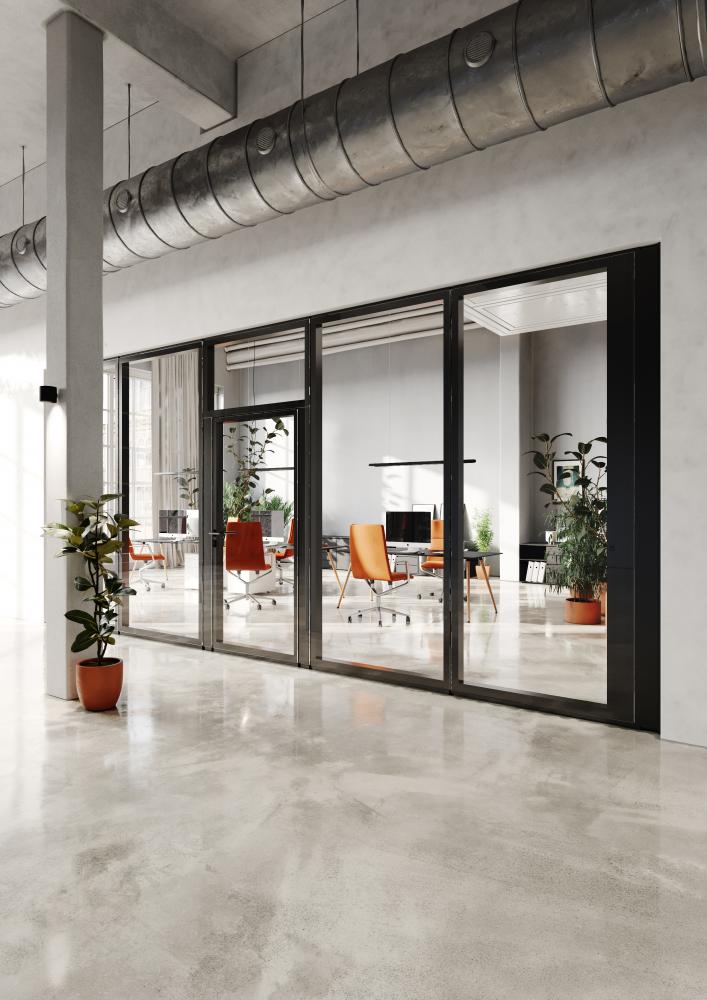
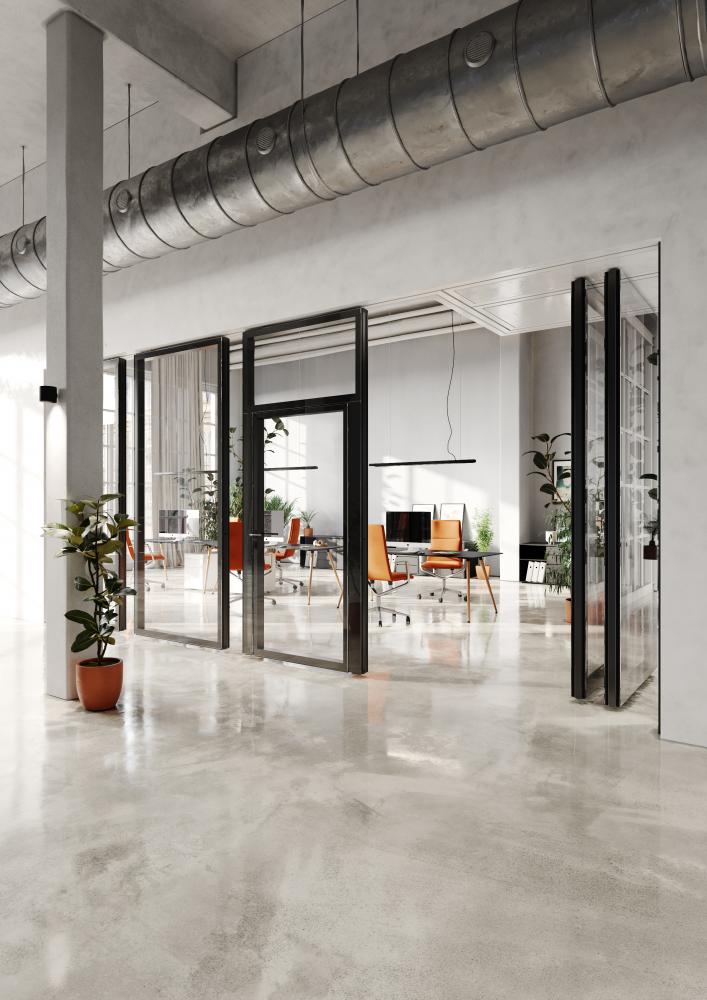
History of mobile walls
It would seem that mobile walls are a modern product created out of the need for privacy in the office. However, this need as well as the walls themselves have existed for centuries. Folding room dividers were first developed in China around the 4th century BC. These early Chinese screens served as both furnishings and decoration. They were heavy ornamental works of art, which is why their prices reached extremely high levels. The size and weight of such screens made it difficult to move them freely, as their dimensions reached as high values as their prices.
One interior, many applications
The marker of a modern office is undoubtedly multi-functionality. The dynamism and diversity of work requires design solutions that make the office space more than just an interior with desks. Probably every employee has once had an unexpected meeting at a time when all available conference rooms were occupied. Mobile partition walls are supposed to prevent such situations, they enable the separation of spaces without spoiling plans and reservations. It is worth noting that in addition to its purely practical function, modular walls are also an additional visual element in the interior, affecting its aesthetics. The classic version of a glass wall provides a modern touch, giving a minimalist character to the interior. However, the modules do not have to be made solely of glass. A furniture board, which is also a common solution, fits into the trend of modern offices in the spirit of nature. Such large spaces can also be covered with designer wallpaper or foil.
Comfort of silence
One of the biggest drawbacks of open space is the constant noise. The hubbub and noise coming from the office environment make it almost impossible to fully focus on the task at hand. An easy way to provide acoustic comfort for employees is precisely a mobile wall. The product provides sound insulation of Rw up to 49dB with a glass panel and Rw up to 44dB with a furniture board. Thus, mobile walls are a great solution in open-space offices that lack additional places for meetings or individual conversations. Dividing the interior with a wall provides privacy
Post-covid offices
The new reality of the pandemic has contributed to a different model of office space design. This period requires an in-depth analysis of the needs of a particular company and its employees. Hybrid work forces employers to create a safe space that will encourage employees to return from home office. Current requirements are not limited to well-designed offices with high aesthetics, it is above all the safety of staying in large groups. The open space model, which is the most popular and familiar in most office buildings, is undergoing a transformation. The open plan is divided by glass and mobile walls. Modules are changing their function as needed also in terms of transparency. Thanks to the movable parts, you can create variations of one seemingly simple interior.
Modular walls are a compromise between open space and the elements of privacy that employees currently need more than ever. It is also a way to quickly rearrange a space as well as guarantee safety and comfort.
